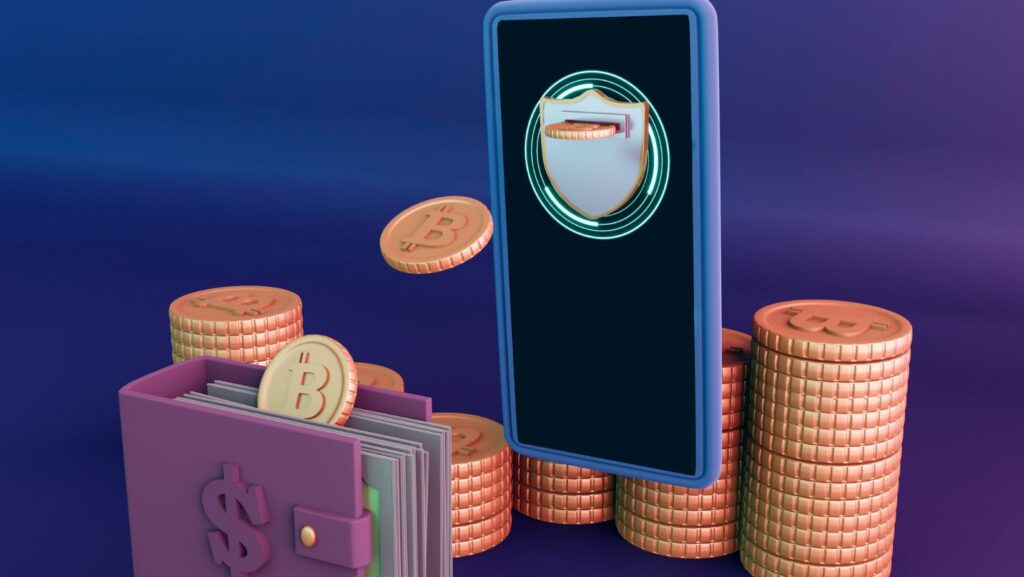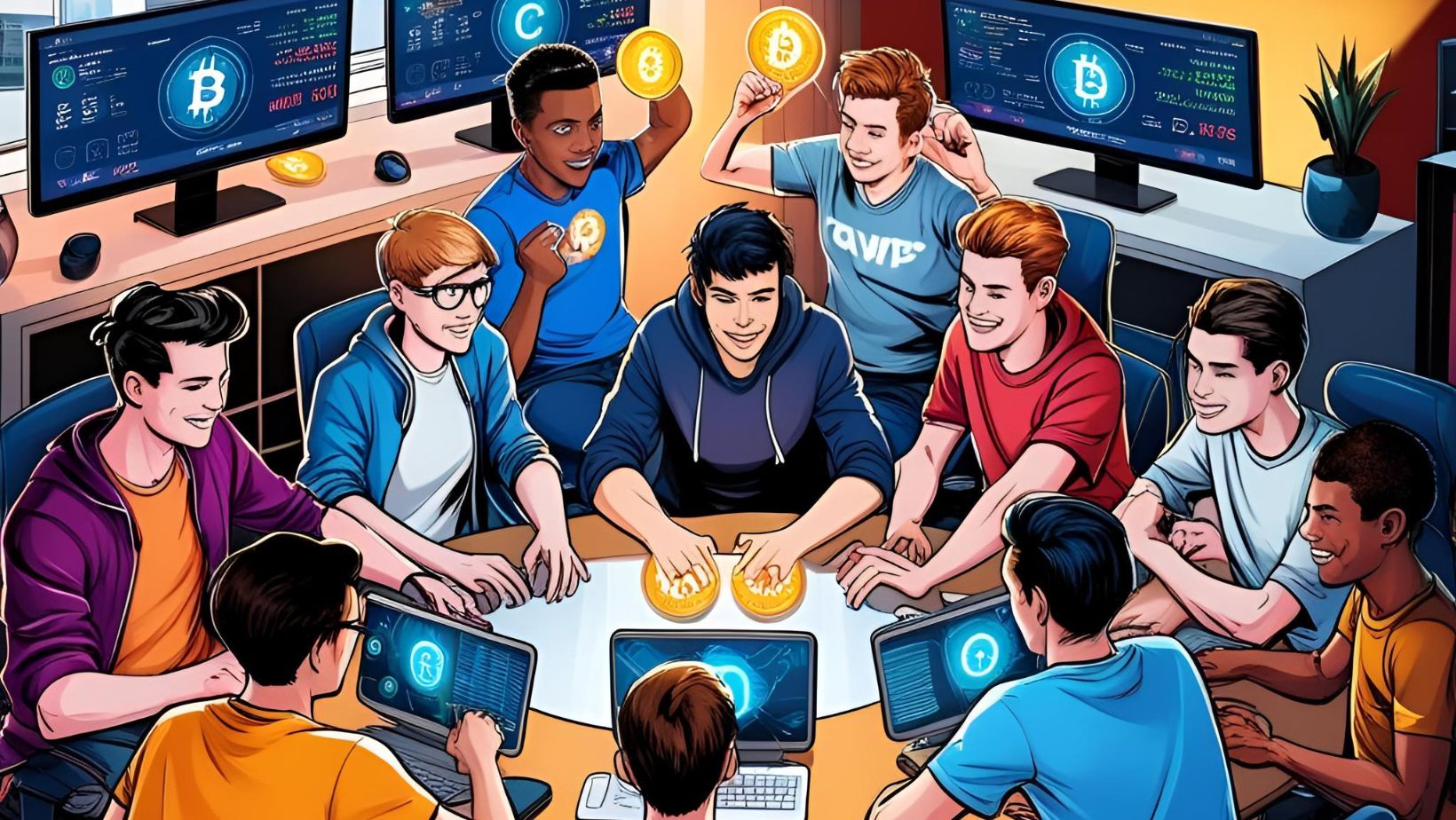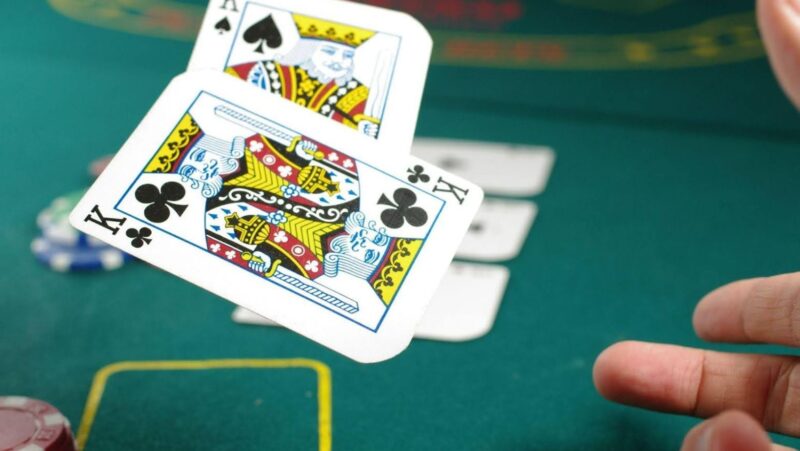
Money’s not what it used to be, especially if you ask anyone under 30.
For Gen Z and younger millennials, the idea of budgeting in spreadsheets and tucking cash under a mattress is laughable. They’re more into topping up digital wallets with crypto, flipping NFTs, and opening loot boxes just to see what pops out. It’s not reckless – it’s fluid. It’s a play. And it’s a whole new way of looking at value.
Digital Wallets, Not Piggy Banks
These generations didn’t grow up going to the bank with their parents. They grew up with Venmo, Cash App, and more recently, Ethereum wallets. In fact, a 2025 survey by YouGov found that around 42% of Gen Z investors already own crypto. For many of them, Bitcoin isn’t this mysterious tech – it’s just another way to pay.
And they’re actually using it. Want to buy sneakers with ETH? No problem. Tip your favorite streamer with Solana? Already done. Buy a virtual hoodie in Roblox that you’ll never wear in real life? Of course.
But here’s the twist: it’s not just about spending. It’s about how spending feels.
Gamified Spending Is the New Norm
If you’ve ever cracked open a loot crate, rolled the dice in a skin battle, or spun a prize wheel online, then you already know the thrill. It’s not just about what you get. It’s the process – the anticipation, the chance, the rush.

That’s exactly why so many young users are drawn to platforms that offer things like free mystery boxes. These aren’t your average promos. We’re talking digital crates that might include anything from crypto tokens to rare collectibles. The catch? You don’t know what’s inside until you open it. And yeah, that’s kind of the point.
This element of surprise hits the same dopamine receptors as gacha games, but with a commerce twist. It blurs the line between gaming and shopping; suddenly, buying something is fun. Not just convenient. Fun.
Content Is Currency
Another big piece of this new economy? Content. If spending is a game, creating is the leaderboard.
Platforms like TikTok and YouTube Shorts have turned short-form content into a revenue stream. You’ve got teenagers making $1,000 a week breaking down crypto drops, unboxing rare digital loot, or live-streaming themselves opening mystery crates for their followers.
And that’s just the beginning. The Shopify x Roblox collaboration earlier this year now lets users buy physical goods inside the game. Imagine getting your in-game avatar a new pair of Nikes, and those shoes show up at your doorstep a few days later. No alt-tab, no checkout cart, just tap and done.
Why Crypto Fits This Puzzle
Crypto isn’t just a payment method here. It’s part of the culture. You can earn it, spend it, stake it, and flex it, all within the same digital ecosystem.

It also adds a layer of independence. You don’t need a bank’s approval. You don’t need to be 18. You just need a wallet. And for a generation that values autonomy, speed, and access, that’s a massive win.
Plus, with platforms handing out free mystery boxes packed with small crypto prizes or discount codes, there’s this constant sense of engagement. It’s not just buying stuff: it’s feeling like you’re part of something.
Where This Is All Headed
We’re watching a shift from transactional to experiential commerce. It’s less “how much does this cost?” and more “how fun is this to get?” That might sound ridiculous to anyone who thinks shopping should be straightforward. But for digital natives, it’s perfectly logical.
The more you interact with a platform – whether it’s opening boxes, sharing content, or earning crypto – the more value you create. And the more likely you are to stick around.
So yeah, Gen Z is spending like players. But maybe that’s not such a bad thing. Because in their version of the game, everyone has a shot at winning something. Even if it’s just the thrill of the open.







